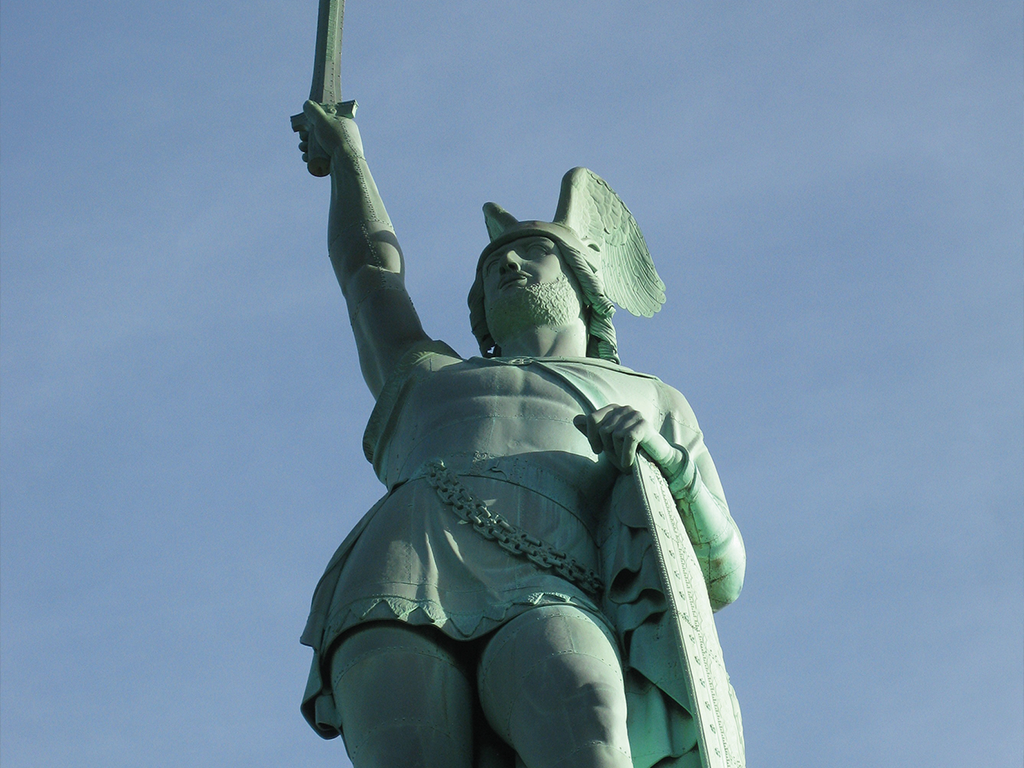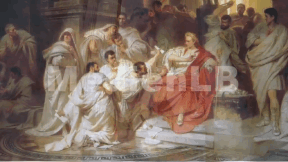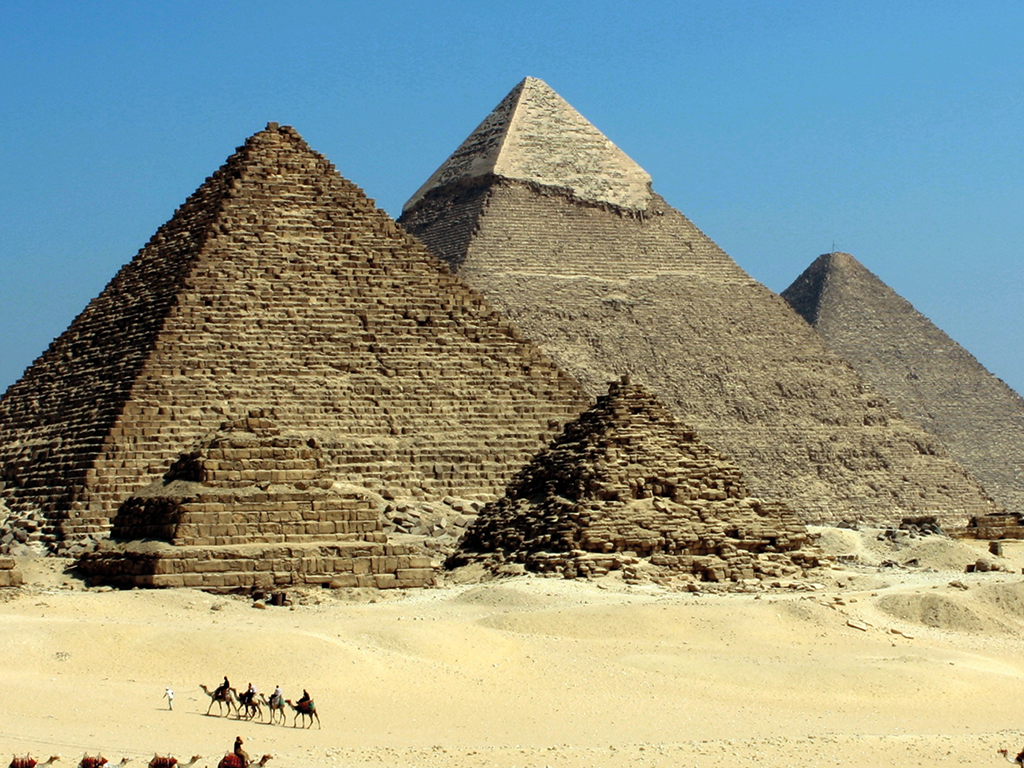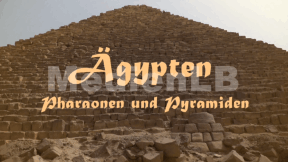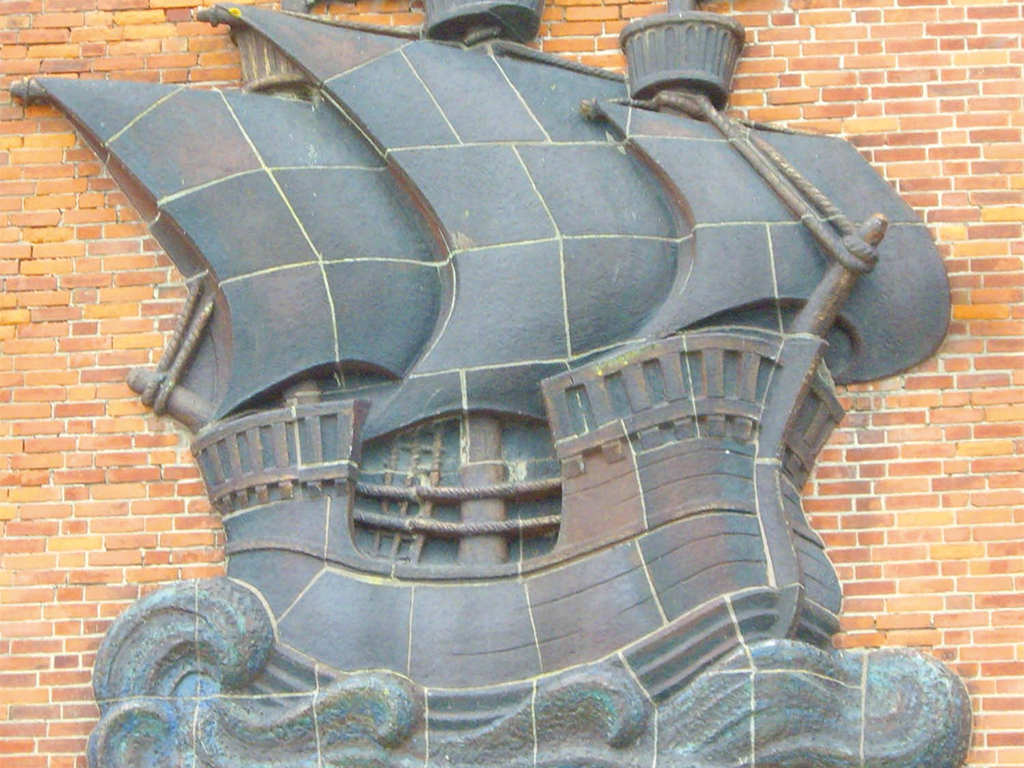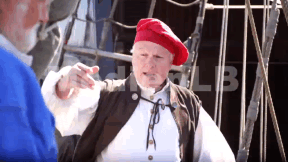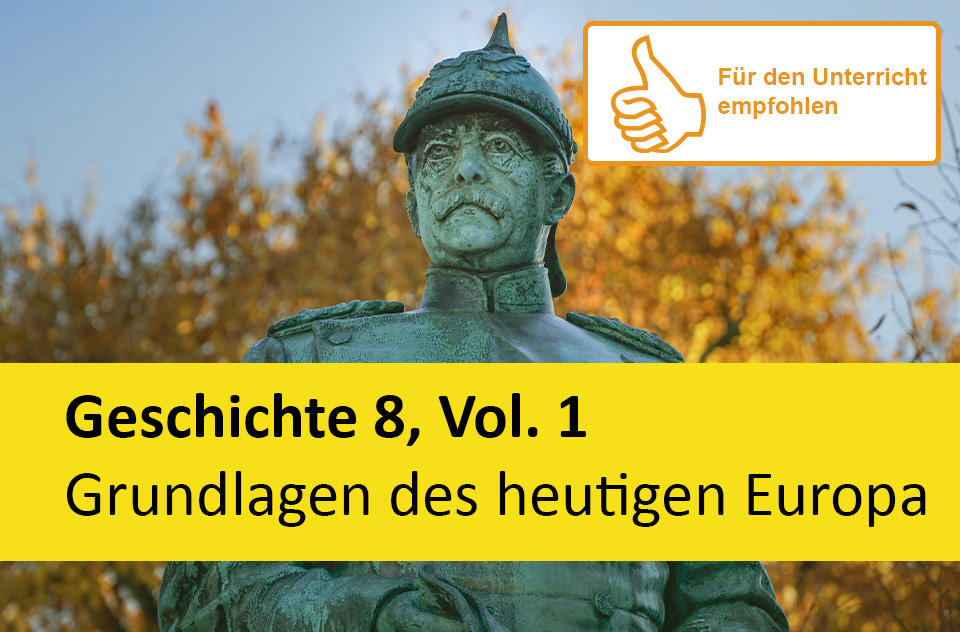

55501804
Grundlagen des heutigen Europa
Für den Unterrichtempfohlen
In unserem Arbeitsheft Geschichte 8, Vol. 1 – Grundlagen des heutigen Europa finden Sie 50 interaktive und didaktisch aufbereitete Aufgaben.
Das Medium bietet H5P-Aufgaben an, die ohne zusätzliche Software verwendbar sind. Das Medium enthält interaktive Videos und 50 H5P-Aufgaben zu den Themen Europa nach Napoleon, Gründung des Deutschen Reiches.
Durch interaktive Aufgabentypen wird das audiovisuelle und interaktive Lernen einfach.
Lernen macht jetzt Spaß!

Included Tasks
- 1. Aufstieg Russlands zur Großmacht - Interaktives Video
- 2. Katharina II. - Interaktives Video
- 3. Gottesgnadentum - Interaktives Video
- 4. L'État c'est moi - Interaktives Video
- 5. Der Sonnenkönig - Interaktives Video
- 6. Aufstieg Frankreichs zur Weltmacht - Interaktives Video
- 7. Zentralisierung der Macht - Interaktives Video
- 8. Merkantilismus - Interaktives Video
- 9. Merkmale des Absolutismus - Interaktives Video
- 10. Militarisierung Preußens - Interaktives Video
- 11. Ein aufgeklärter Monarch: Friedrich II. - Interaktives Video
- 12. Joseph II. - Interaktives Video
- 13. Reformen Josephs II. - Interaktives Video
- 14. Widerspruch zwischen Aufklärung und Absolutismus - Interaktives Video
- 15. Ludwig XVI.: Ein neuer König - Interaktives Video
- 16. Die Generalstände - Interaktives Video
- 17. Sturm auf die Bastille - Interaktives Video
- 18. Beschlüsse der Nationalversammlung - Interaktives Video
- 19. Ludwig XVI. nach dem Sturm auf die Bastille - Interaktives Video
- 20. Robespierre - Interaktives Video
- 21. La Terreur 1792-1794 - Interaktives Video
- 22. Demokratischer Monarch? - Interaktive Aufgabe
- 23. Aufstieg des kleinen Korsen - Interaktives Video
- 24. Napoleon - Interaktive Aufgaben
- 25. Zeittafel - Interaktive Aufgabe
- 26. Expansive Außenpolitik - Video und Interaktive Aufgaben
- 27. Niedergang - Interaktive Aufgabe
- 28. Gegner England - Interaktive Aufgaben
- 29. Gegner Napoleons - Interaktive Aufgabe
- 30. Erbe Napoleons - Interaktives Video
- 31. Napoleons Stationen - Interaktive Aufgabe
- 32. Französischer Einfluss auf Deutschland - Interaktive Aufgaben
- 33. Die Mainzer Republik - Interaktives Video
- 34. Der Rheinisch-Deutsche Nationalkonvent - Interaktives Video
- 35. Das Ende der Mainzer Republik - Interaktives Video
- 36. Volkssouveränität - Interaktives Video
- 37. Der Wiener Kongress - Interaktive Aufgaben
- 38. Gesandte auf dem Wiener Kongress - Wortsuche
- 39. Vormärz - Interaktives Video
- 40. Das Hambacher Fest - Interaktives Video
- 41. Die Revolution von 1848 - Interaktives Video
- 42. England
- das Mutterland der Industrialisierung - Interaktives Video
- 43. Bismarcks Kindheit - Lückentext
- 44. Wer ist Otto von Bismarck? - Bildzuordnung
- 45. Technischer Aufbruch - Interaktive Aufgaben
- 46. Einigungskriege - Interaktive Aufgaben
- 47. Gründung des Deutschen Reiches - Interaktive Aufgaben mit Video
- 48. Bismarcks Bündnispolitik - Interaktive Aufgaben
- 49. Bismarck als Gewaltpolitiker? - Interaktive Aufgaben mit Video
- 50. Bismarck - Testfragen
Curriculum-centred and oriented towards educational standards
Matching
Germanic Tribes
When the Romans deliberately encountered the Germanic tribes in the 2nd century BC, they knew almost nothing about their soon-to-be most dangerous enemies and even today, much is still obscure as the Germanic tribes, unlike the Romans, did not leave behind large stone edifices but built their houses from wood – and this is ephemeral.
Egypt
Roughly from 3100 to 322 BC, one of the greatest and most powerful cultures of antiquity flourished in the Nile Valley.




